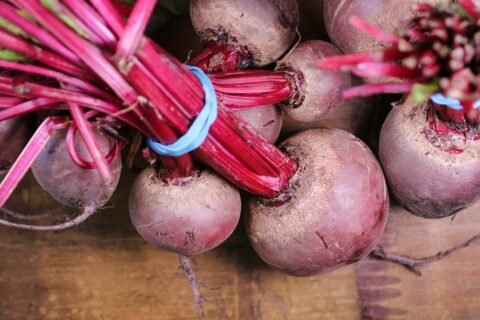Coca-Colas Sweet Shift: Unpacking the Cane Sugar vs. Cane Syrup Debate
Coca-Cola’s Ingredient Transition: A Closer Look
Understanding Coca-Cola’s Ingredient Switch
Coca-Cola is slated to introduce a new variant of its soda sweetened with U.S. cane sugar in the fall of 2025 [1]. This decision comes in response to a growing consumer demand for more natural ingredients in their beverages. This strategic move aligns with Coca-Cola’s broader efforts to diversify its product offerings and appeal to a wider array of consumer preferences. It reflects a significant trend towards transparency and healthier ingredient choices among consumers who are increasingly scrutinizing the ingredients in their food and beverages.
Cane Sugar vs. High-Fructose Corn Syrup
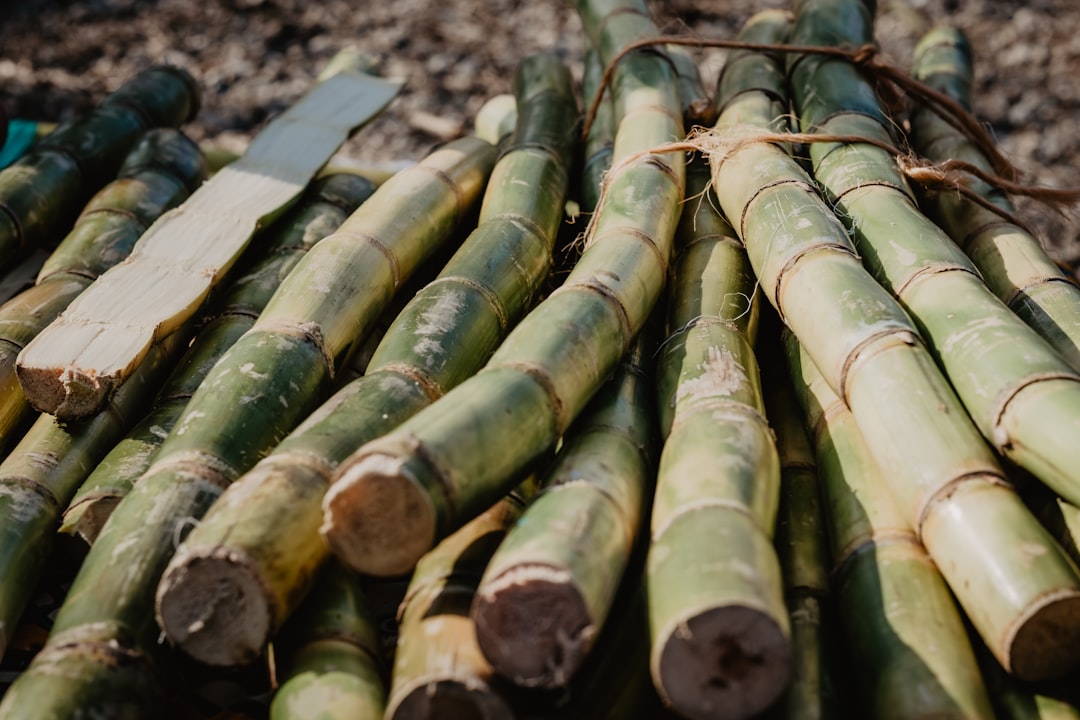 Chemical Composition and Production
Chemical Composition and Production
Cane sugar, derived from sugarcane, is composed of sucrose, which is an equal mix of glucose and fructose [2]. In contrast, high-fructose corn syrup is made from corn starch and has a higher fructose content relative to glucose, which enhances its sweetness. The process of making cane syrup involves less processing than granulated sugar, thereby preserving more of the natural flavors from the sugarcane. On the other hand, the production of high-fructose corn syrup requires enzymatic processes that convert glucose into fructose, which makes it sweeter and more suitable for various food applications.
Health Impacts
While both cane sugar and high-fructose corn syrup can contribute to health issues such as weight gain and diabetes if consumed excessively, studies show minimal health differences between the two, challenging the perception that one is significantly healthier than the other [1]. Health experts maintain that the quantity of sugar consumed plays a more critical role in health outcomes than the type of sweetener used [2]. However, some research indicates that high-fructose corn syrup could lead to increased fat accumulation in the liver compared to cane sugar, which may have additional health implications.
Economic and Political Influences
Market Dynamics
The U.S. sugar industry benefits from high tariffs on imported sugar, which affects pricing and market dynamics, making cane sugar more expensive than high-fructose corn syrup. The latter is cheaper and enjoys government subsidies for corn farmers, which contributes to its widespread use due to its cost-effectiveness and shelf stability. These economic factors are significant as they influence the sweetener choices of major corporations like Coca-Cola, impacting agricultural markets, particularly for corn and sugar farmers.
Political Advocacy
Political advocacy has played a role in Coca-Cola’s decision to switch to cane sugar. President Trump’s “Make America Healthy Again” initiative focuses on reducing high-fructose corn syrup in foods [2]. This movement is supported by figures like Robert F. Kennedy Jr., who has backed the shift despite previously criticizing sugar consumption [1]. Political discussions around sugar tariffs have also influenced Coca-Cola’s ingredient decisions, reflecting broader economic policies and the push for healthier, more natural ingredients in processed foods [5].
Consumer Preferences and Market Trends
Demand for Natural Ingredients
There is a growing demand among American consumers for beverages with fewer artificial ingredients, a trend reflected in the increasing popularity of “Mexican Coke,” which is made with cane sugar and has become especially popular in Hispanic markets in the U.S. [5]. The rise of health-conscious consumers is prompting beverage companies to reformulate their products with natural sweeteners. Surveys suggest that consumers are willing to pay a premium for beverages made with real sugar instead of artificial sweeteners, indicating a shift in consumer buying habits.
Industry Responses
Coca-Cola’s move to introduce a cane sugar-sweetened soda aligns with a broader industry trend of exploring alternative sweeteners in response to health concerns. Competitors like PepsiCo and Dr Pepper have been offering cane sugar versions of their sodas since 2009, showcasing a shift in the industry towards more natural ingredients. This shift is evident in marketing strategies across the beverage industry, where companies are increasingly highlighting their use of more natural and fewer artificial ingredients.
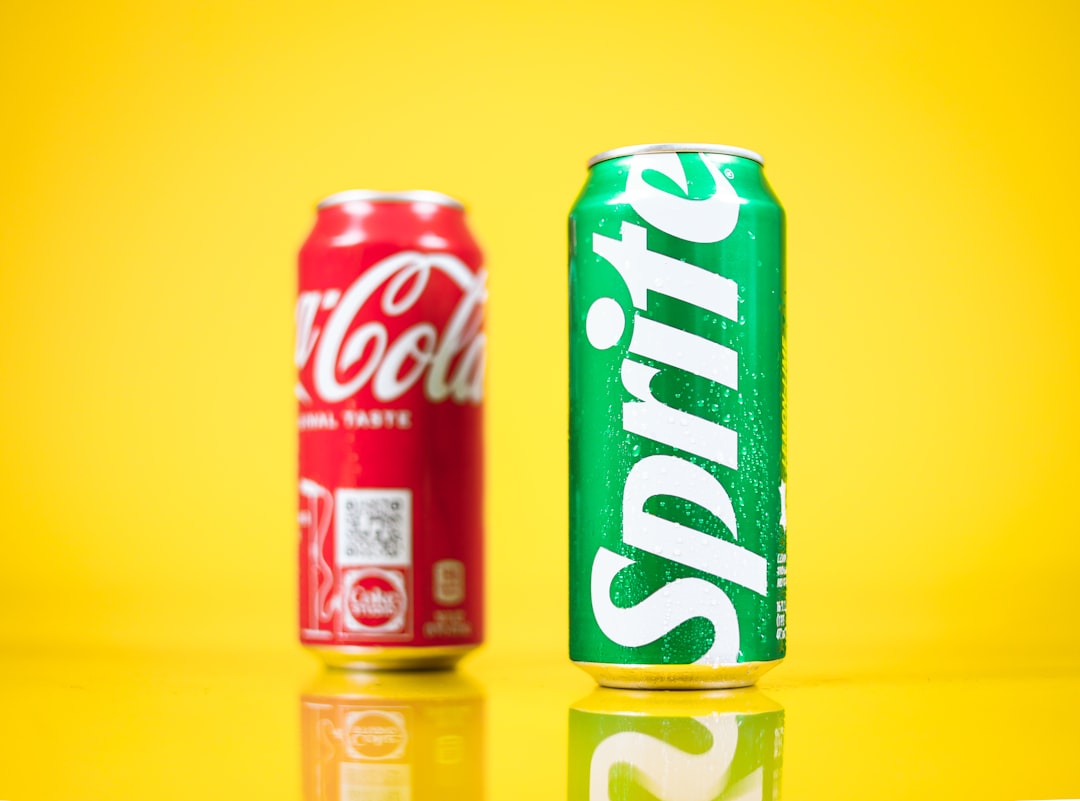 Product and Taste Differences
Product and Taste Differences
Taste and Texture
Cane sugar imparts a stronger molasses flavor compared to more processed granulated sugar, which can affect the overall taste profile of the beverage. High-fructose corn syrup is known for its stability in acidic beverages, making it a preferred choice for manufacturers due to its compatibility with a wide range of products [3]. Formulations using cane sugar may offer a different mouthfeel and sweetness profile, which might appeal to consumers seeking a more traditional taste experience. Taste tests often reveal a preference for the flavor of cane sugar over high-fructose corn syrup in sodas.
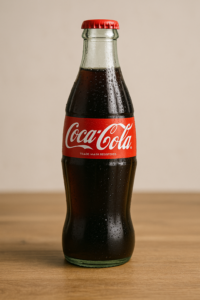 Availability and Distribution
Availability and Distribution
Coca-Cola’s cane sugar soda will serve as a complement to its existing lineup rather than replacing classic Coke. The introduction of this new product aims to cater to diverse consumer preferences and expand Coca-Cola’s offerings in the market. Coca-Cola already has experience using cane sugar in other products, such as some lemonades and Vitaminwater, indicating its familiarity with this ingredient. The launch of the cane sugar version may be accompanied by marketing campaigns that emphasize the use of natural ingredients, appealing to the health-conscious consumer.
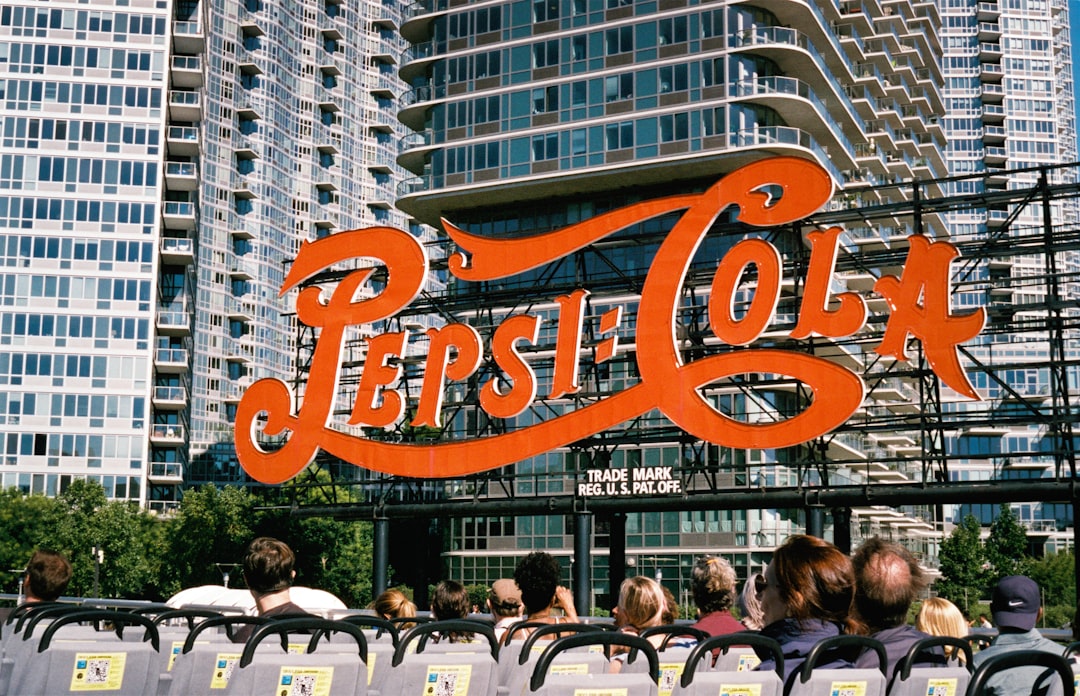 The Future of Coca-Cola’s Sweeteners
The Future of Coca-Cola’s Sweeteners
Implications for the Beverage Industry
Coca-Cola’s initiative to introduce a cane sugar variant of its soda reflects a strategic response to consumer demand and political influence [5]. This shift underscores the ongoing debate about sweetener choices and their health implications, and it may influence other soft drink manufacturers to consider similar changes. As consumer preferences continue to evolve towards natural ingredients, future product developments are likely to focus on these aspects, setting a precedent for the industry. The introduction of cane sugar-sweetened beverages could lead to further innovations and shifts within the beverage industry, shaping the future direction of soft drink formulations.


